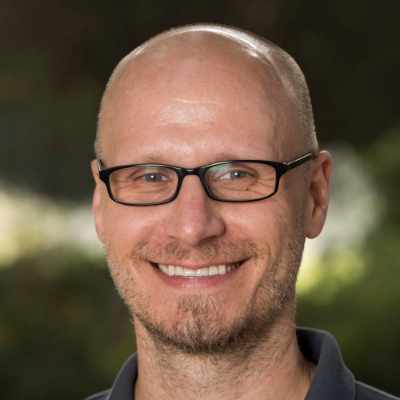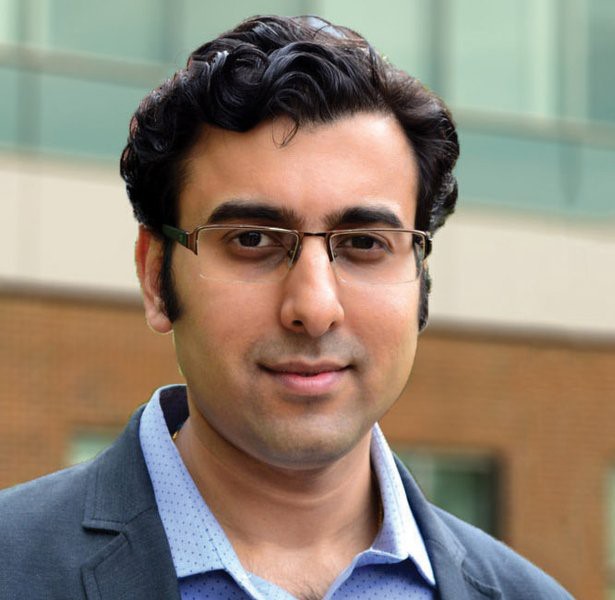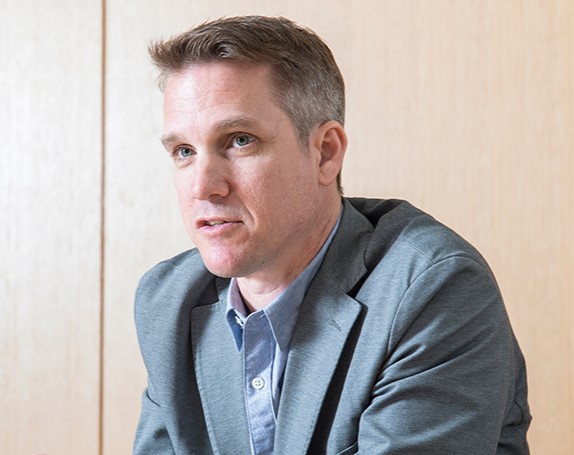
Speaker: Prof. Garret Anderson, Dept. of Molecular, Cell and Systems Biology, UC Riverside
Date and time: February 15th, 2024, 11 am
Location: Plumwood Rm 166
Host: Prof. Lulu Chen (A&N)
Title: Latrophilin cell-type specific expression and implications for neural circuit development
“For the functional encoding of neural circuits, correct assembly of specific synaptic connections is a critical component during brain development. To guide the connection specificity that exists between neurons, a multitude of circuit building molecular components are required, including the latrophilin family of synaptic cell adhesion molecules (ADGRL1-3). During this talk, I will present our studies towards investigating latrophilin cell-type specific expression and synapse specific functionality, in the context of entorhinal cortex and hippocampus circuit development.”

Speaker: Prof. Krishna Jayant, Weldon School of Biomedical Engineering, Purdue University
Date and time: March 14, 2024, 11 am
Location: Plumwood Rm 166
Host: Prof. Laura Ewell (A&N)
Title: A translaminar space-time code supports touch-evoked traveling waves
“Travelling waves in mammalian cortex mediate vital aspects of animal cognition, such as stimuli perception and working memory. Theoretical results suggest that these waves preserve timing and are critical for plasticity across long-range neural circuits. Therefore, revealing the circuit mechanisms underlying sensory-evoked travelling waves is critical to understanding the neural basis of sensory perception. In this talk, I will describe our recent efforts in using 2D nanotextured transparent ECoG style electrodes to map circuits orchestrating wave dynamics. Specifically, by simultaneously mapping local-field-potentials and cellular ensemble dynamics (via 2P calcium imaging), we will describe the circuit features tied to travelling waves under active and passive whisker touch. We will show that in awake mice, both passive and active whisker touch elicited traveling waves within and across barrels, with both an early and late component lasting hundreds of milliseconds. Strikingly, wave dynamics reflected the value of the tactile stimulus, and was found to be shaped by reinforcement learning. We will also describe how the late wave component is i) strongly modulated by motor feedback, ii) complements a sparse ensemble pattern across layer 2/3 which we resolved via a balanced-state network model with distributed top-down feedback, and iii) aligns with regenerative Layer 5 apical dendritic Ca2+ spikes. Our results establish a model in which translaminar spacetime patterns, organized by motor cortical feedback, sculpt touch-evoked traveling waves.”

Speaker: Prof. Joshua Johansen, RIKEN Center for Brain Science
Date and time: April 11, 2024, 11 am
Location: Plumwood Rm 166
Host: Prof. Kei Igarashi (A&N)
Title: Constructing Emotional Representations in the Brain
“Innately aversive experiences profoundly alter brain processing to produce emotional states which coordinate physiological and behavioral responses and instruct memory formation. However, more complex emotions occur through an evaluation of the environment in the context of past experiences and the current physiological condition of the organism. My lab studies the neural circuits and cell coding mechanisms which translate aversive experiences into simple and complex emotional states in the brain to regulate memory formation and guide behavior. I will describe our recent work identifying a brainstem neural circuit which conveys both external-sensory and internal-motor features of innately aversive experiences to create a sensorimotor state in the amygdala for producing aversive memory formation. Contrasting with this bottom-up circuit, we’ve also found that the medial prefrontal cortex encodes more complex emotional states by building an internal associative model to perform emotional inference through top-down projections to the amygdala. These studies support a new hierarchical circuit model of emotion in which sensory, bodily and cognitive factors shape neural processing across distributed neural circuits to adaptively and flexibly control defensive responding and memory formation.”